Hydrogen Generating Plant by Water Electrolysis
VIEW MORE+Angstrom Advanced is the leading supplier of Hydrogen Generators for refinery, petrochemical and other industrial applications. Our services for Hydrogen Generating Plant projects typically include conceptual design, detailed engineering, procurement, fabrication, construction, start-up and operational training. We provide a lump-sum, turnkey solution, handling everything from concept to start-up with our own resources whenever possible.
Electrolysis is the passage of a direct electric current through an ionic substance that is
either molten or
dissolved in a suitable solvent, resulting in chemical reactions at the electrodes and
separation of materials.
The main components required to achieve electrolysis are :
- An electrolyte : a substance containing free ions which are the carriers of electric current in the electrolyte. If the ions are not mobile, as in a solid salt then electrolysis cannot occur.
- A direct current (DC) supply : provides the energy necessary to create or discharge the ions in the electrolyte. Electric current is carried by electrons in the external circuit.
- Two electrodes : an electrical conductor which provides the physical interface between the electrical circuit providing the energy and the electrolyte Electrodes of metal, graphite and semiconductor material are widely used.
Choice of suitable electrode depends on chemical reactivity between the electrode and electrolyte and the cost of manufacture.
The key process of electrolysis is the interchange of atoms and ions by the removal or addition of electrons from the external circuit. The required products of electrolysis are in some different physical state from the electrolyte and can be removed by some physical processes. For example, in the electrolysis of brine to produce hydrogen and chlorine, the products are gaseous. These gaseous products bubble from the electrolyte and are collected.
Solvation or reaction of an ionic compound with a solvent (such as water) to produce mobile ions
An electrical potential is applied across a pair of electrodes immersed in the electrolyte.
Each electrode attracts ions that are of the opposite charge. Positively charged ions (cations) move towards the electron-providing (negative) cathode, whereas negatively charged ions (anions) move towards the positive anode.
At the electrodes, electrons are absorbed or released by the atoms and ions. Those atoms that gain or lose electrons to become charged ions pass into the electrolyte. Those ions that gain or lose electrons to become uncharged atoms separate from the electrolyte. The formation of uncharged atoms from ions is called discharging. The energy required to cause the ions to migrate to the electrodes, and the energy to cause the change in ionic state, is provided by the external source of electrical potential.
-
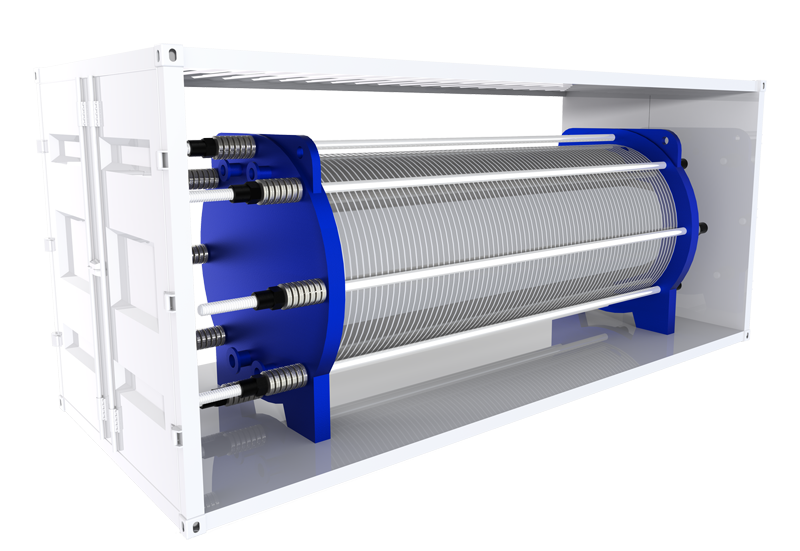
-
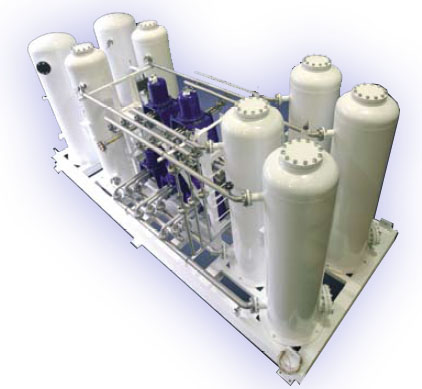
Hydrogen Generator by Natural Gas Steam Reforming
VIEW MORE+ -
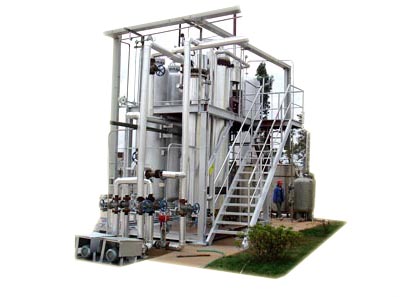
Hydrogen Generation Plant by Methanol
VIEW MORE+ -
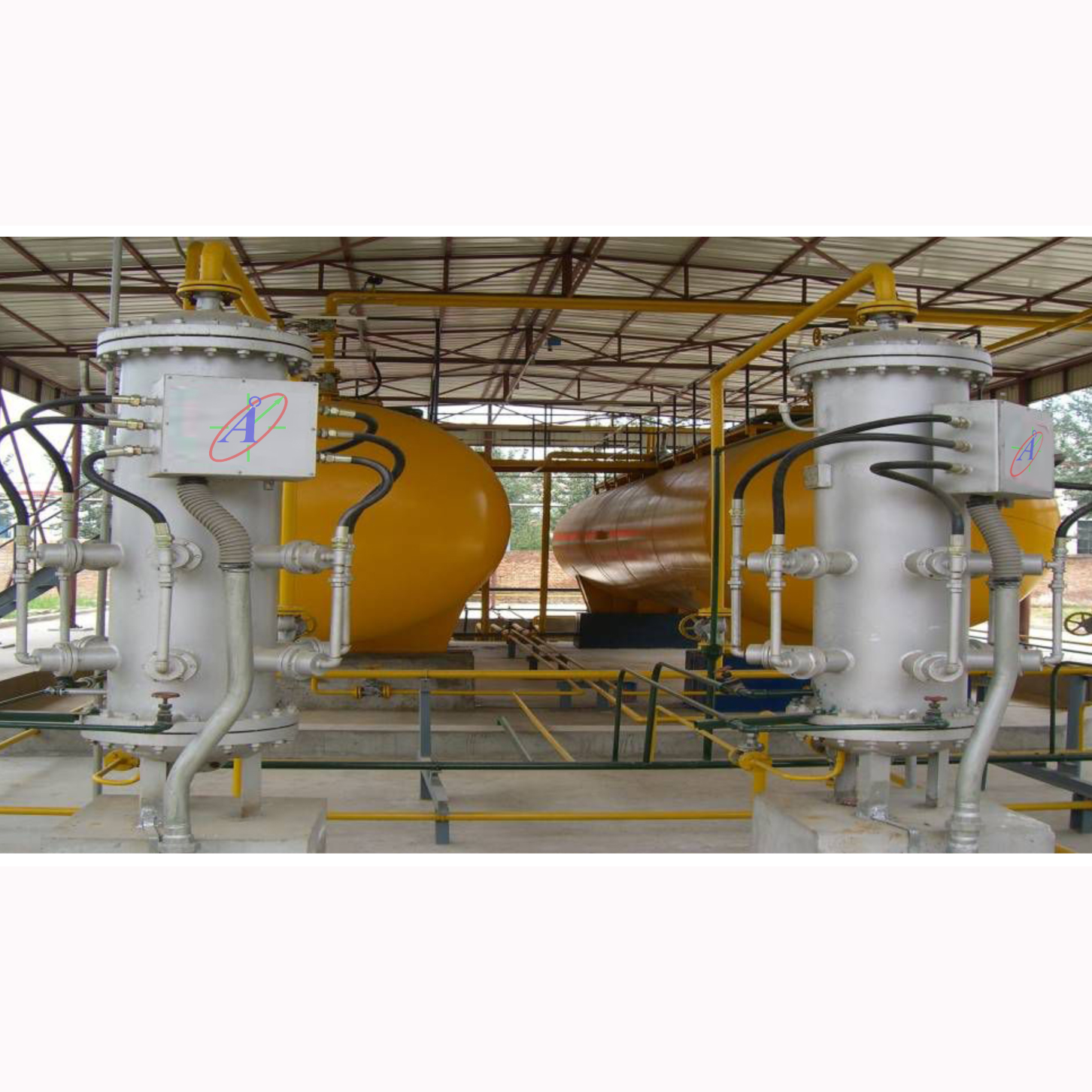
Hydrogen Generator by Ammonia Decomposition with Purifying System
VIEW MORE+ -
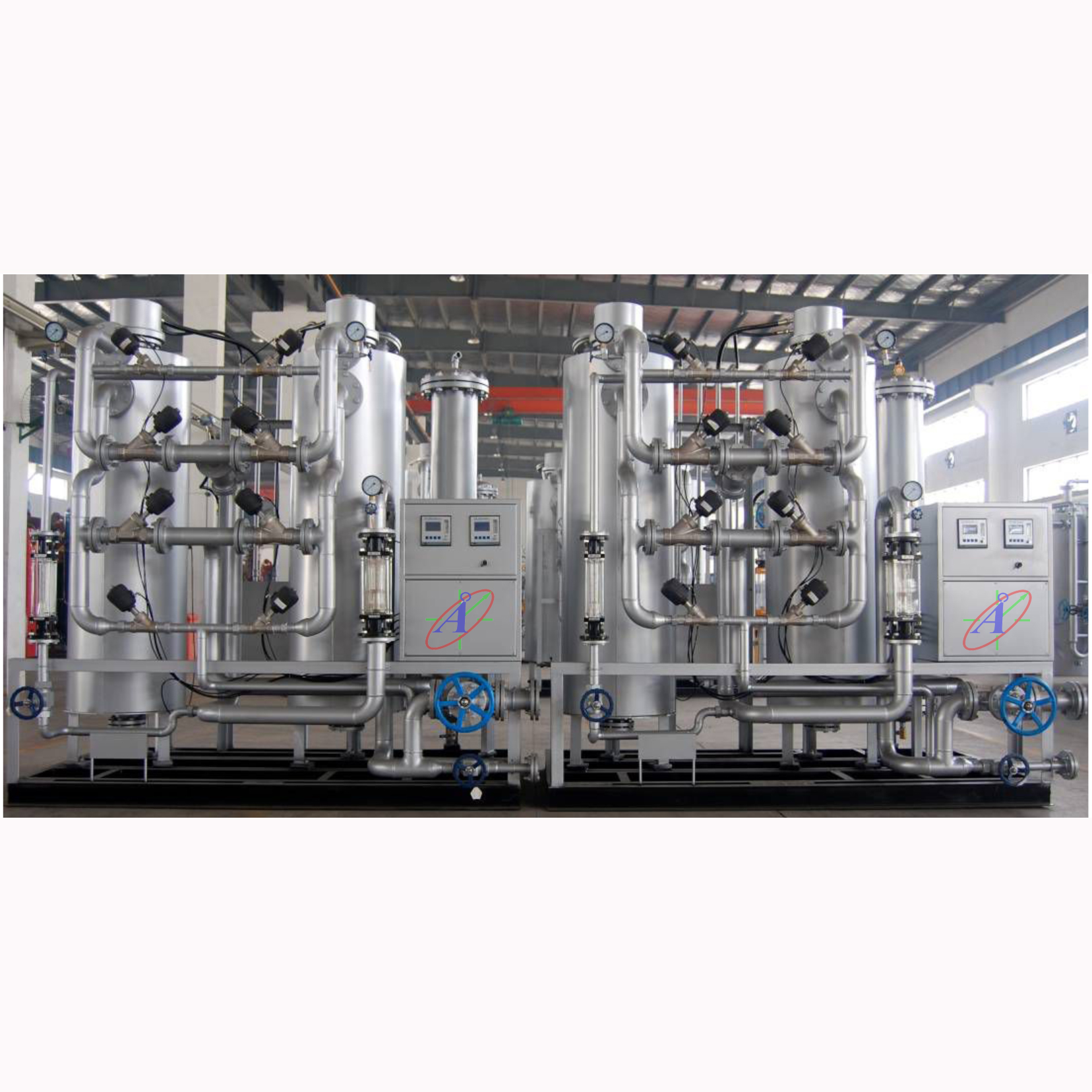
Pressure Swing Adsorption Hydrogen Generator with Purifying
VIEW MORE+


